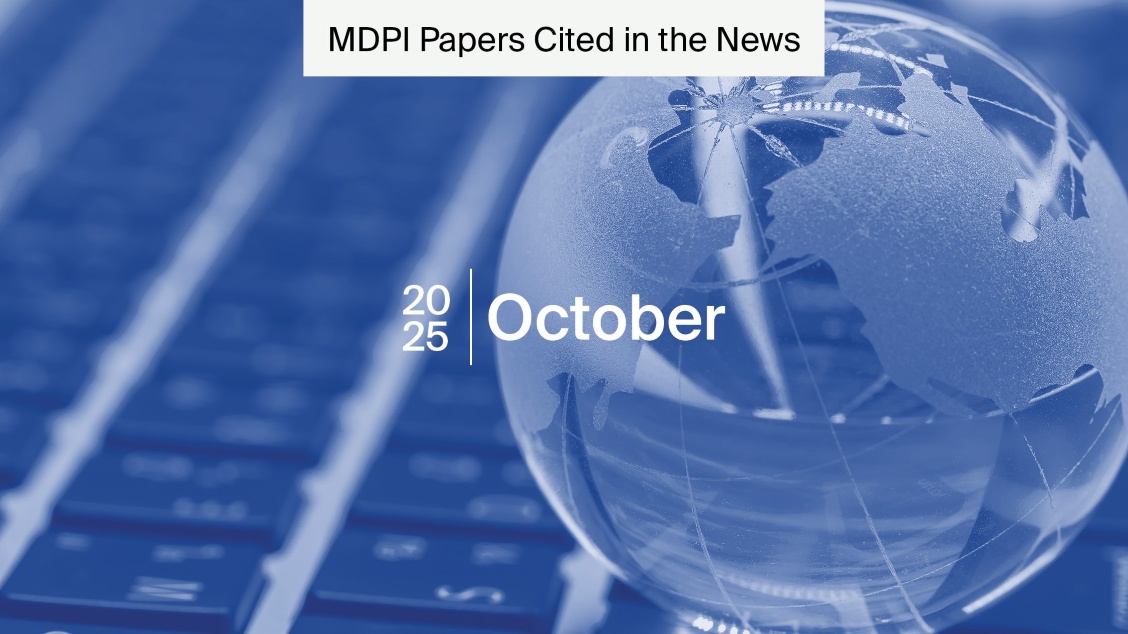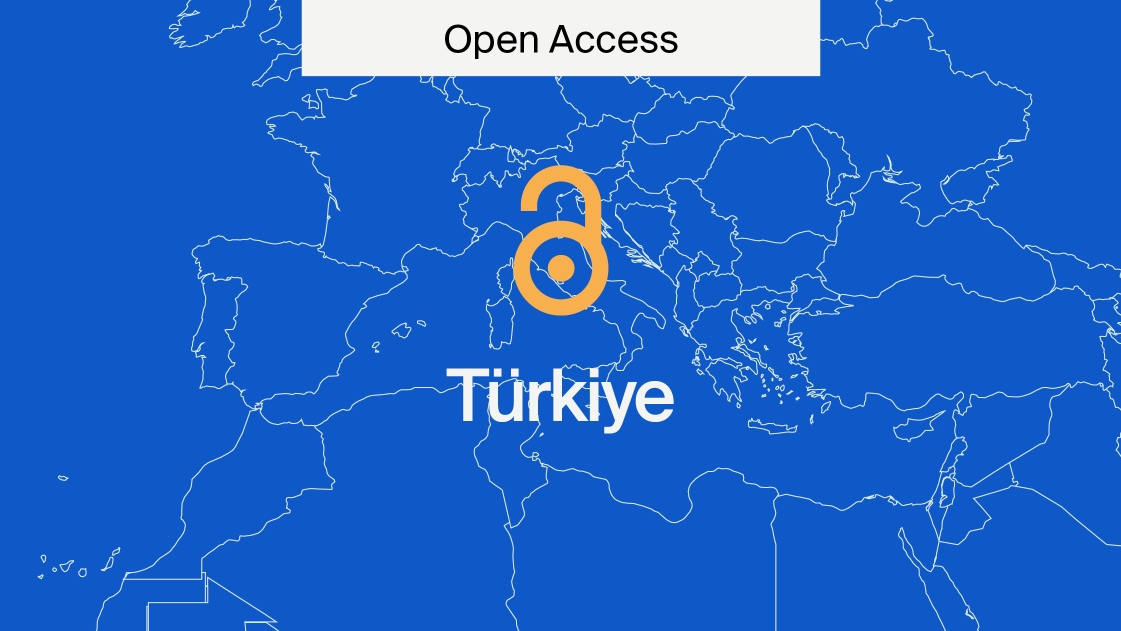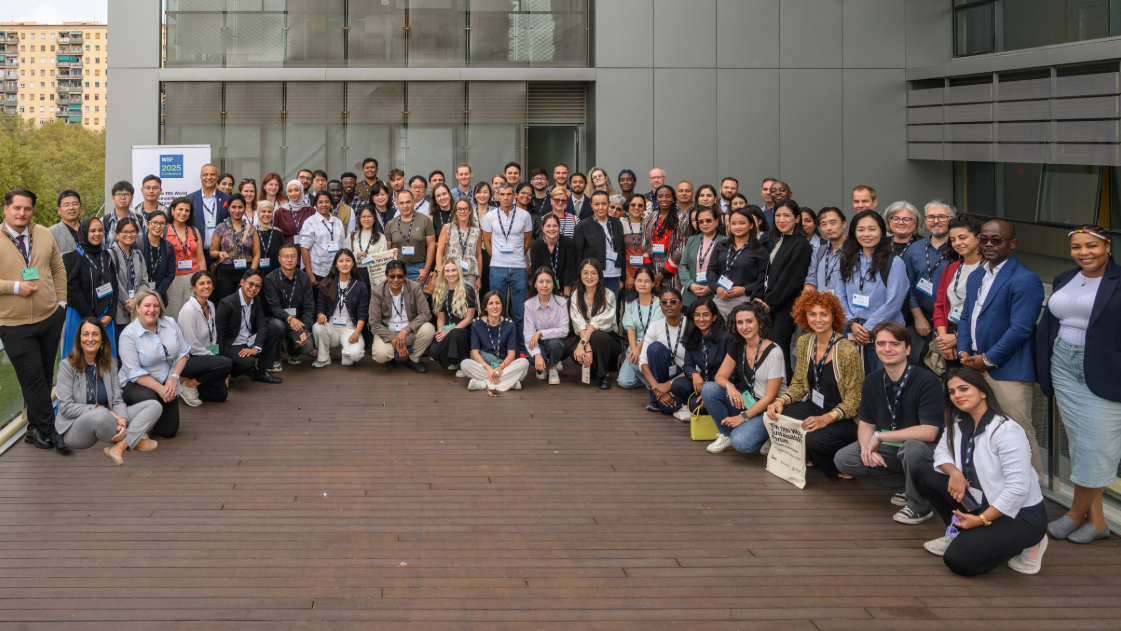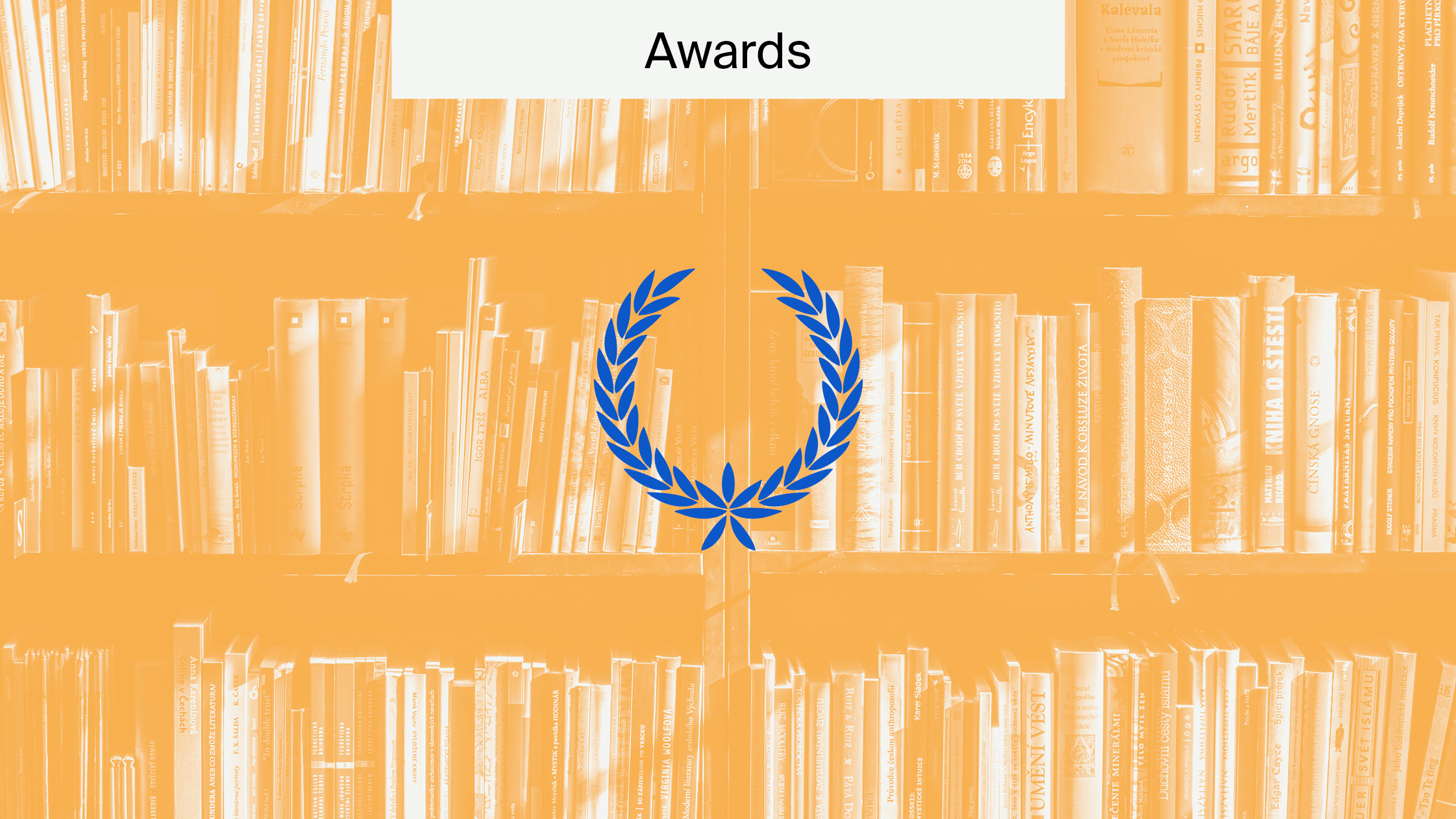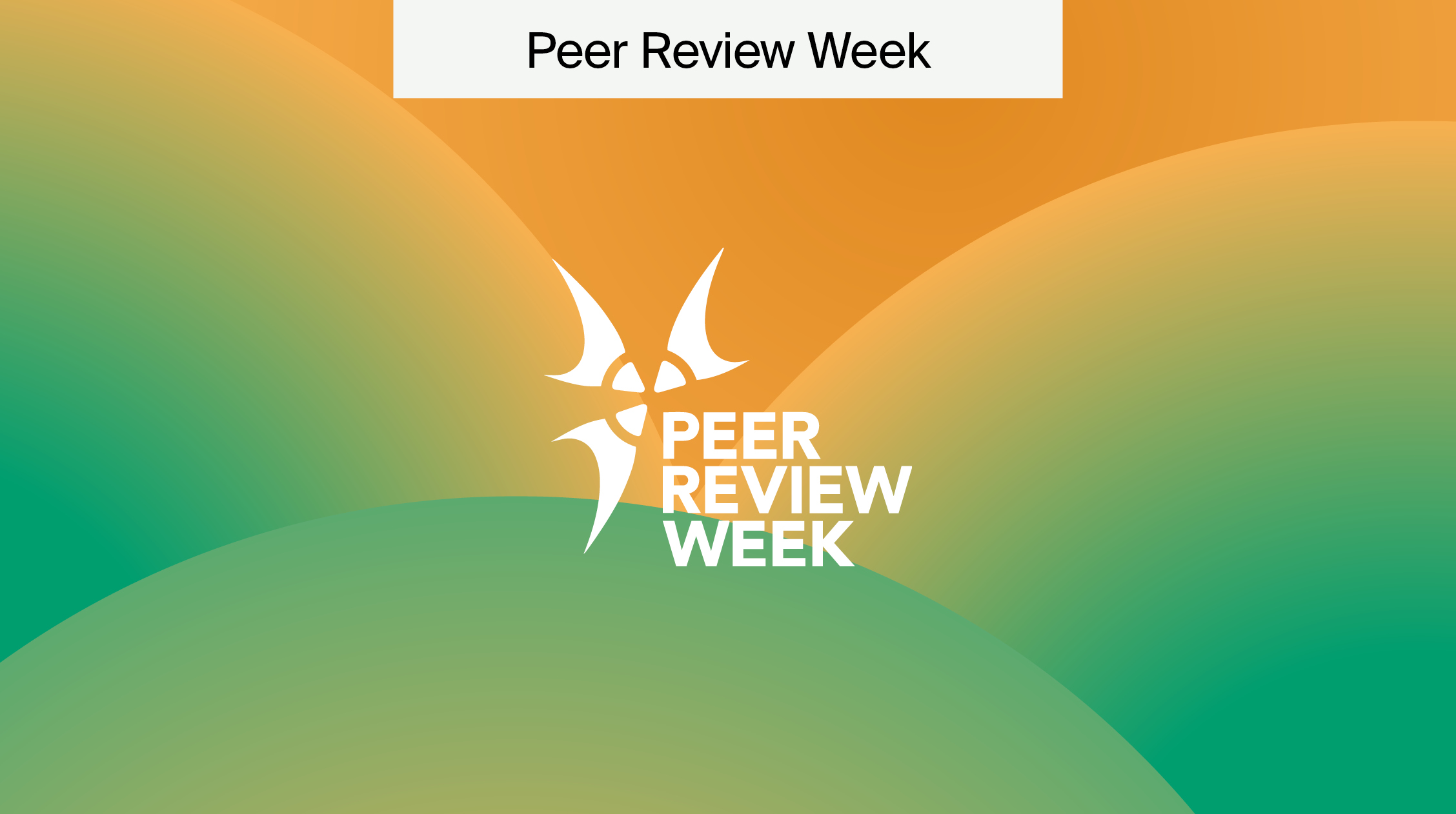
AI Tools to Support Innovating Peer Review
As the leading Open Access publisher, MDPI is committed to ensuring it has a highly rigorous peer review process that safeguards scientific integrity across its entire portfolio of journals. This includes ensuring transparency through clear guidelines and communication, offering the option of open peer review, and implementing artificial intelligence (AI) tools to enhance the process.
Peer Review Week is a global celebration of the vital role peer review plays in maintaining the quality of scientific research. Alongside celebrating excellence in peer review, the week is themed, with 2025 being ‘Rethinking Peer Review in the AI Era’. AI tools have diverse benefits for major publishers like MDPI, but these types of tools can also support small- and medium-sized publishers as well.
With AI representing a threat and challenge to research integrity, this article looks at how MDPI innovates the peer review process by implementing AI tools to support the diverse human skill throughout the editorial process.
Transparency
MDPI operates a rigorous and transparent peer review process that aims to maximize quality; it is handled by researchers and scholars. This ensures consistency and reduces bias.
For most MDPI journals, peer review is a single-blind assessment with at least two independent reviewers, followed by a final acceptance/rejection decision by the Editor-in-Chief or another academic editor approved by the Editor-in-Chief.
To further promote transparency in many MDPI journals, the academic editors who have made the acceptance decision have the option to include their name and role on the published manuscript.
Academic editors play a vital role in maintaining the quality and integrity of the peer review process. By including their name on the accepted publications, they receive recognition for their contribution in a transparent manner.
The Editor-in-Chief is responsible for the academic quality of the publication process.
Throughout the entire process, MDPI maintains open and transparent communication. This is to ensure that everyone is kept informed about where the manuscript is within the peer review process and what the next steps involve.
Open peer review
As reflected by the UNESCO Recommendation on Open Science, there are industry-wide calls for and attempts to embrace openness throughout the research process, not just at an output level.
MDPI journals allow authors to choose “open peer review”. Choosing open peer review means that review reports and author responses to reviewers will be published alongside the manuscript. This is known as an ‘open report’.
Regardless of what authors opt for, reviewers can choose whether their name appears on the reports. This is known as an ‘open identity’.
Open peer review is a key factor in ensuring openness, as it boosts transparency and can increase accountability for reviewers. This can lead to an improvement in the quality of peer review, and subsequently encouragement to improve the scientific output.
The option for open peer review is available across the entire MDPI portfolio. Click here to learn more about Why MDPI Offers Open Peer Review.
Implementing AI tools in the peer review process
MDPI thoughtfully integrates AI tools where they add value, ultimately enhancing quality, consistency, and transparency across editorial processes.
Various tools are being designed by MDPI’s in-house AI team. This has involved collaborating with departments across MDPI and studying the broader scientific community to identify key areas to focus on.
AI is considered the 4th Industrial Revolution. With the recent progress of generative AI, this new technology is affecting most, if not all, sectors of society – transforming the way we work, learn, create, and interact. Adopting AI is no longer an option but a must for every major academic publisher, including MDPI. – Milos Cuculovic, Head of Technology Innovation
On the one hand, the AI Team is increasing the efficiency of the workforce and simplifying time-consuming tasks. On the other hand, they are also deploying tools to improve the user experience of authors, reviewers, and readers.
AI is creating opportunities by enabling faster, more accurate, and more scalable solutions than ever before. From automating routine editorial tasks to uncovering new insights in vast datasets, AI allows us to reallocate human expertise toward higher-value activities such as research guidance, innovation, and complex decision-making. It opens the door to entirely new services for editors, authors and reviewers, enhances transparency and integrity in the publication process, and helps researchers connect with the right collaborators and audiences.
By embracing AI, we are not only streamlining current workflows but also shaping the future of scholarly communication. – Milos Cuculovic
Tools are being deployed across the various steps of the editorial process, which we’ll outline below.

How AI tools are being implemented through MDPI’s editorial process.
Reviewer Finder
Besides other innovative MDPI solutions, Reviewer Finder is an AI tool designed to increase the quality of the peer review process.
The tool uses natural language processing to capture the semantic meaning and topic of the submission. Using the 180 million articles indexed in Scilit, the tool can identify relevant publications from the submission’s field and suggest scholars who are qualified candidates for peer reviewers, based on their publication history.
Finding the best-suited reviewers benefits authors by ensuring reviewers have relevant expertise and can produce high-quality reports that improve the quality of their article. Furthermore, this tool saves time and increases efficiency for assistant editors, speeding up the review process.
Ethicality
Ethicality is an AI tool designed to help with the research integrity checks during the manuscript submission process for MDPI’s journals. Milos Cuculovic, Head of Technology Innovation, explains:
At MDPI, the process for checking potentially fraudulent activities during the publication process was partly done manually, which required a lot of time and effort. In addition, this approach was prone to human errors, as many of those activities are difficult to detect.
We decided in 2022 to develop Ethicality, a toolset that allows our editors to automatically scan new submissions and flag potential author misbehaviour. Our editors could then focus on flagged content only, allowing them to put effort into the right verification step.
Since then, Ethicality has grown into a software suite able to flag different types of textual content manipulations within the article: citations, authors, paper mills, etc.
Thanks to the experience and professionalism of the Editorial and Research Integrity teams, the AI team were able to gather examples to analyse and build AI-based detection tools.
The tool is being fully integrated into MDPI’s online submission system, SuSy, and will detect and flag potential ethical issues during the technical pre-check phase for new submissions. Already, as a standalone application, it allows Assistant Editors to assess the potential issues and resolve them or consult with an academic editor for further guidance.
The tool also features a reference checking function. This feature will automatically search for and, if present, highlight several potential issues with the references, such as anomalous self-citation rates and inappropriate citations.
Journal Finder
The Journal Finder tool lists the most appropriate journals for a submitted manuscript based on its title and abstract. The tool is also used internally to verify that the submitted manuscript fits the scope of the journal.
This tool takes the title and abstract and passes them through a natural language processing (NLP) model that generates a numerical representation of the text that can capture its meaning (this is called embedding).
Embedding involves performing a similarity search through different journals for papers similar in scope to the submitted manuscript. This involves analysing and comparing the language of the content of journals and your work.
Journal Finder helps to reduce the likelihood of articles getting rejected for being out of scope, which saves time for both authors and academic editors. It also increases the likelihood that articles will be in the journals that best serve them, potentially increasing visibility.
STM Integrity Hub
In 2024, MDPI joined the STM Integrity Hub, highlighting MDPI’s commitment to STM initiatives aimed at safeguarding the integrity of science.
MDPI fully aligns with the values of the STM Integrity Hub, stressing those around sharing data and experiences, advocating for collaboration and open exchange and establishing a comprehensive approach in supporting research integrity.
The Integrity Hub provides publishers with a cloud-based environment to check submitted articles for research integrity issues, consistent with laws and industry best practice and fully respecting the laws and ethics of data privacy.
Furthermore, it provides access to various tools:
- Paper Mill Checker: enables integrity staff to upload manuscripts to be checked for various signals.
- Duplicate Submission Checker: supports automatic checking of duplicate submissions across journals, publishers, and editorial systems.
MDPI is an active part of the vibrant ecosystem that the Integrity Hub supports. Click here to learn more about the tools that STM offers.
Pioneer in Open Access; innovator in peer review
As the pioneering Open Access publisher, MDPI is committed to ensuring it has a highly innovative and efficient peer review process across its entire portfolio of journals.
MDPI operates a rigorous and transparent peer review process that aims to maximize quality; it is handled by researchers and scholars.
AI tools are being implemented to improve efficiency and support the diverse talent across MDPI journals’ Editorial Boards.
Such innovation is only possible thanks to the diverse human skill across MDPI and the rigorous and clear guidelines and policies available.






